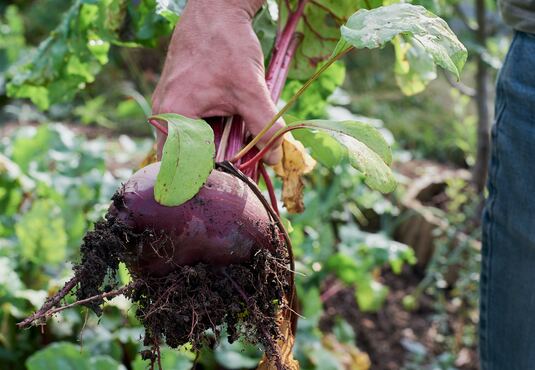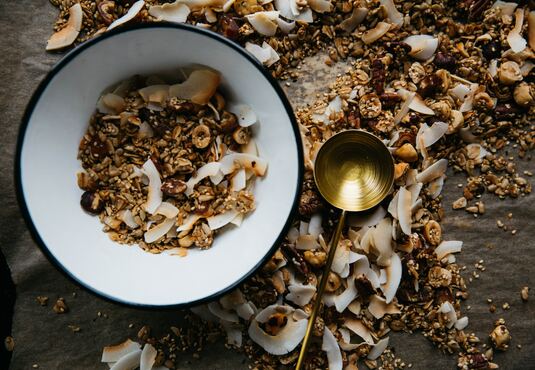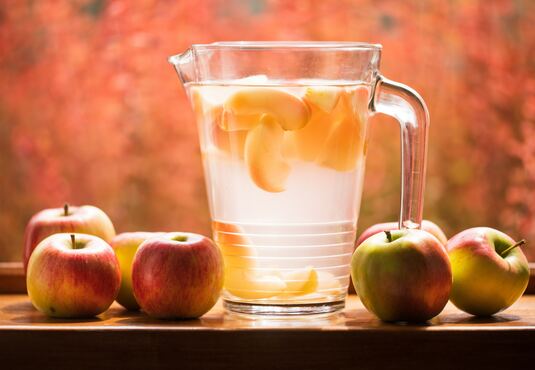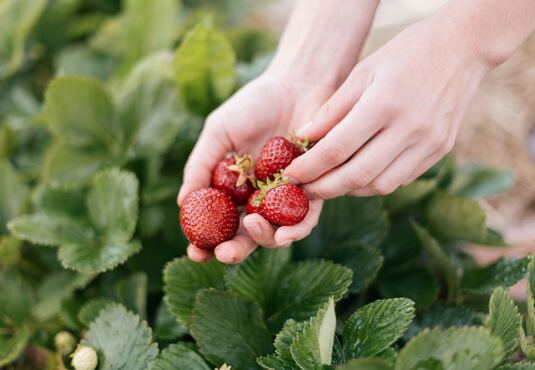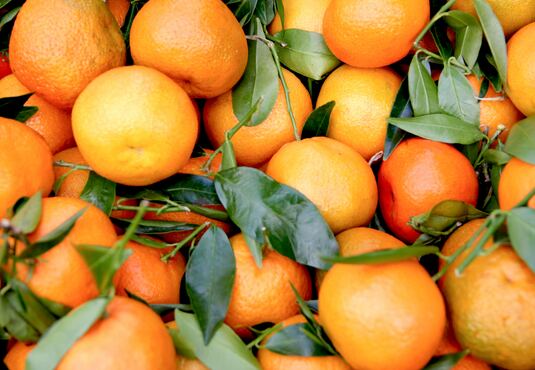
In the spotlight: Hesperidin
Oranges and orange juice are extremely popular sources of vitamin C during the cold months - and our immune system in particular thanks us for this. But for some years now, the orange-colored winter gold has also been attracting the attention of researchers because of another bioactive plant substance: hesperidin. Oranges are one of the few natural sources of it.
Facts about Hesperidin
Hesperidin is a flavonoid. The flavonoids belong to the so-called polyphenols, a main group of secondary plant substances, which mostly act as color and flavor substances in fruits and vegetables and are mainly found in the skin area of plants. Well-known representatives of the flavonoids are, for example, the resveratrol in blue grapes and the catechins in green tea. Less well known is hesperidin, which - together with other citrus flavonoids - is found in the white inner skin components of citrus fruits.
A new magic substance?
Although hesperidin is only at the beginning of its research, it can already be assumed to have remarkable preventive potential. For example, it could be due to the high content of hesperidin that a protective effect against cardiovascular disease and stroke has been observed when oranges and orange juice are consumed. Studies have shown improved vascular function or even a reduction in total cholesterol. In addition, many animal studies have already investigated the mechanisms of hesperidin and confirmed its antioxidant, anti-inflammatory, vasoprotective and blood pressure lowering properties. Especially in people with obesity, diabetes, impaired lipid metabolism and hypertension, a higher intake of hesperidin could therefore help improve metabolic, vascular and inflammatory parameters. However, the amount of hesperidin that needs to be supplied for this and whether supplements are useful still need to be researched. Likewise, its possible role in the prophylaxis and therapy of covid-19 is the subject of current studies.
Antioxidant power
As a flavonoid, the high antioxidant power of hesperidin is undisputed and extremely helpful for each of us. It protects all cells of our body from free radicals or harmful substances that arise from environmental pollution, smoking, extreme physical stress or also in the context of the immune defense. Thus, not only the cells of our immune system are protected and supported for an optimal defense, but also oxidative damage, e.g. to the genetic material or to proteins and fats, is reduced. This is also an obvious explanation for the possibly anti-cancer effect of hesperidin.
Orange or juice?
A small glass of orange juice (150 ml, 100% fruit content) contains an average of 78 mg of hesperidin. Whole oranges have a significantly higher content of hesperidin, but according to some studies this is less available to our body. Among other things, it may be the dietary fiber pectin in the whole fruit that reduces the amount of hesperidin absorbed in the intestine. As far as the hesperidin content is concerned, it is interesting to note that it is advantageous to prefer industrially produced orange juice over home-pressed juice. Probably, processes during juice production increase its availability (e.g. mechanical destruction of cell walls in the fruit or through heating during pasteurization).
Research into the additional effect potential of oranges and orange juice is only just beginning. According to previous findings, it is in any case worthwhile to make extensive use of the "high season" of the aromatic citrus fruits now and, luckily, also the year-round enjoyment in the form of orange juice.





